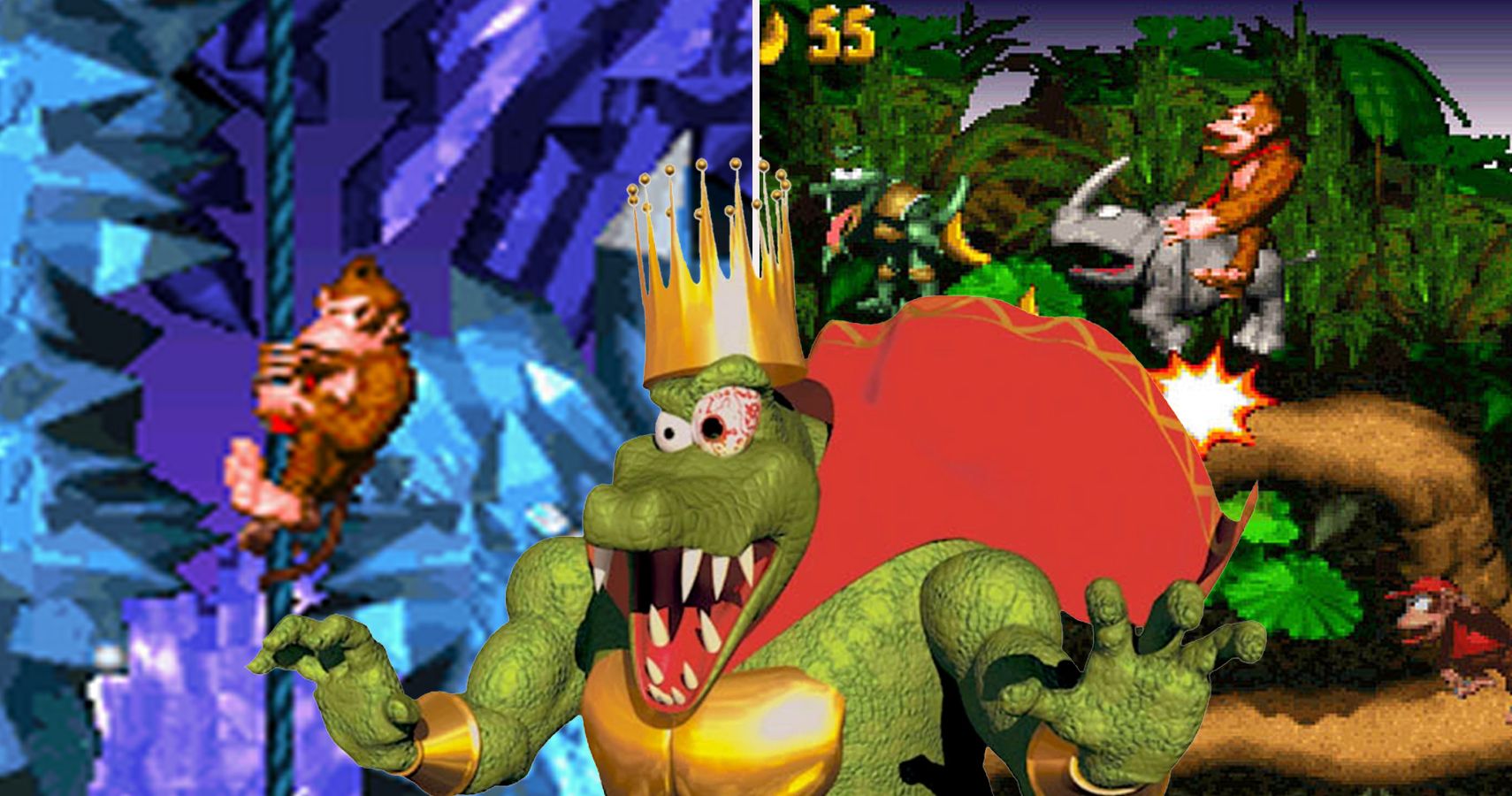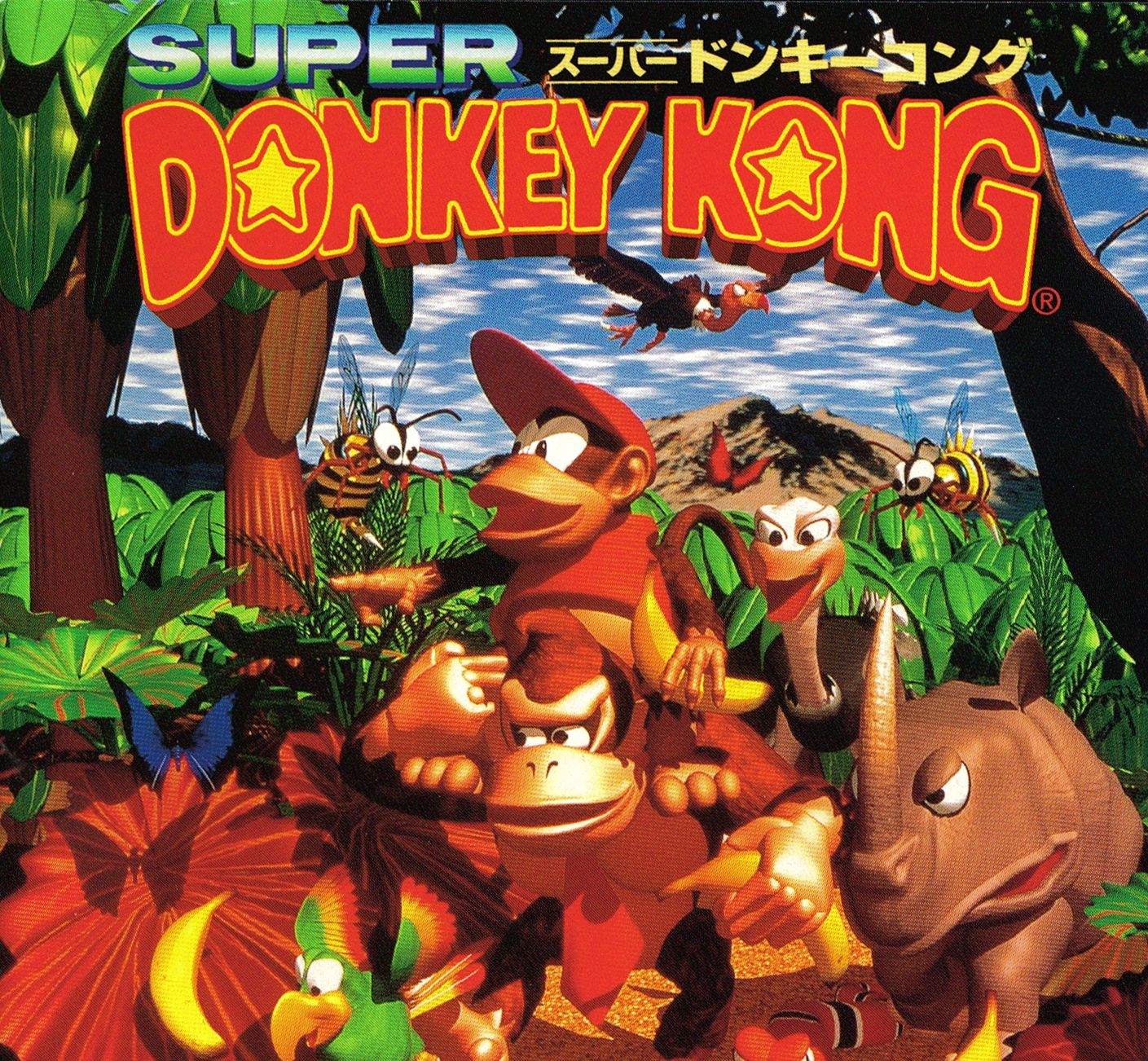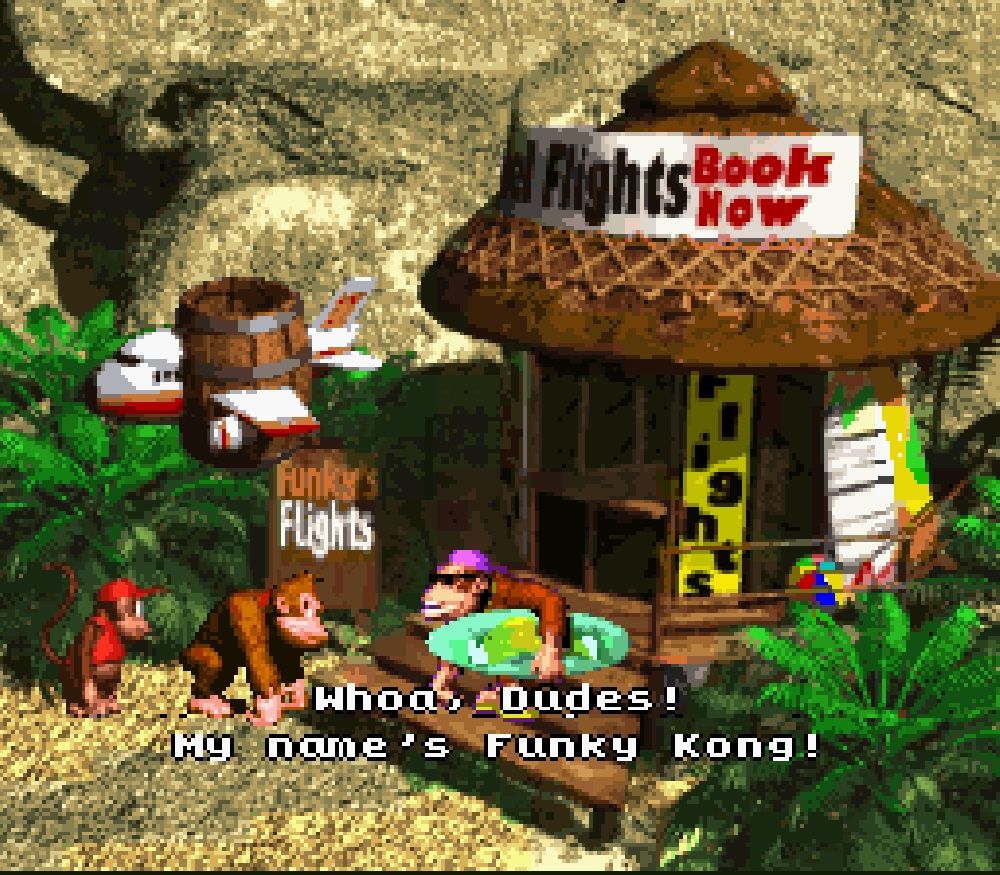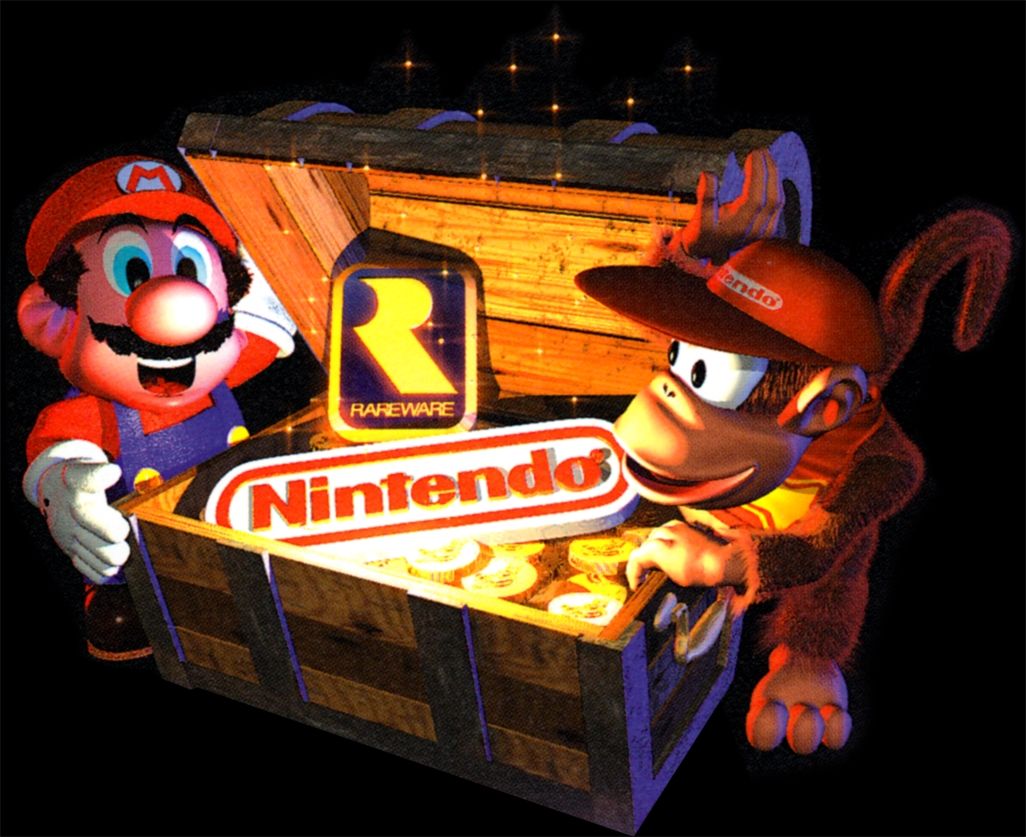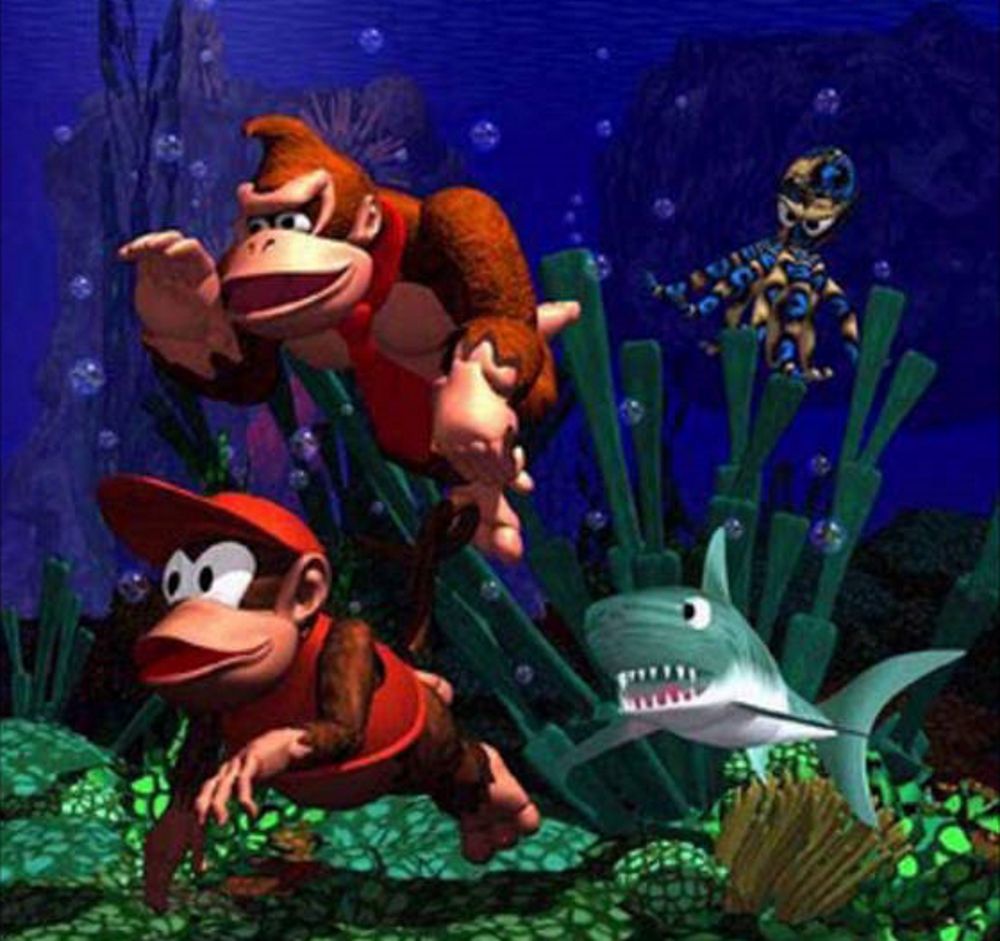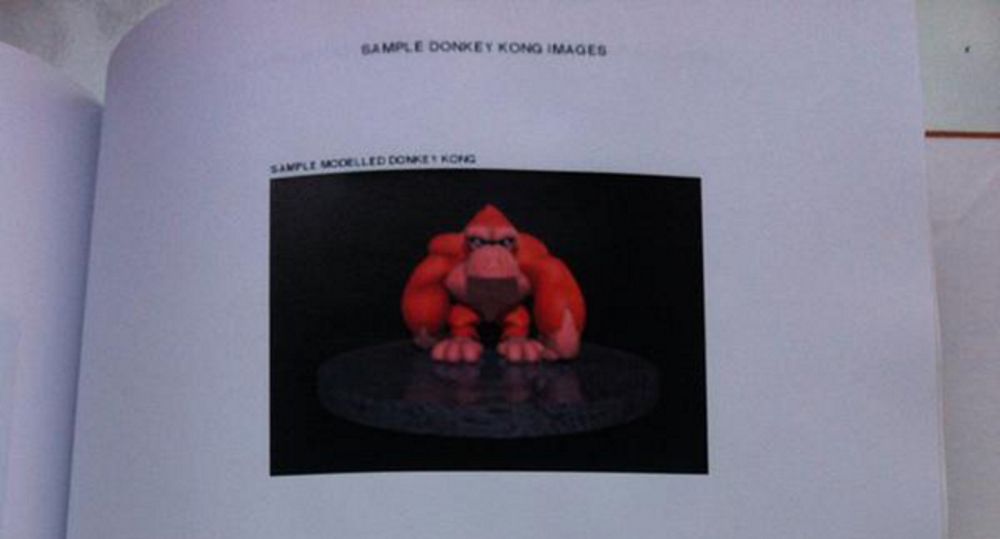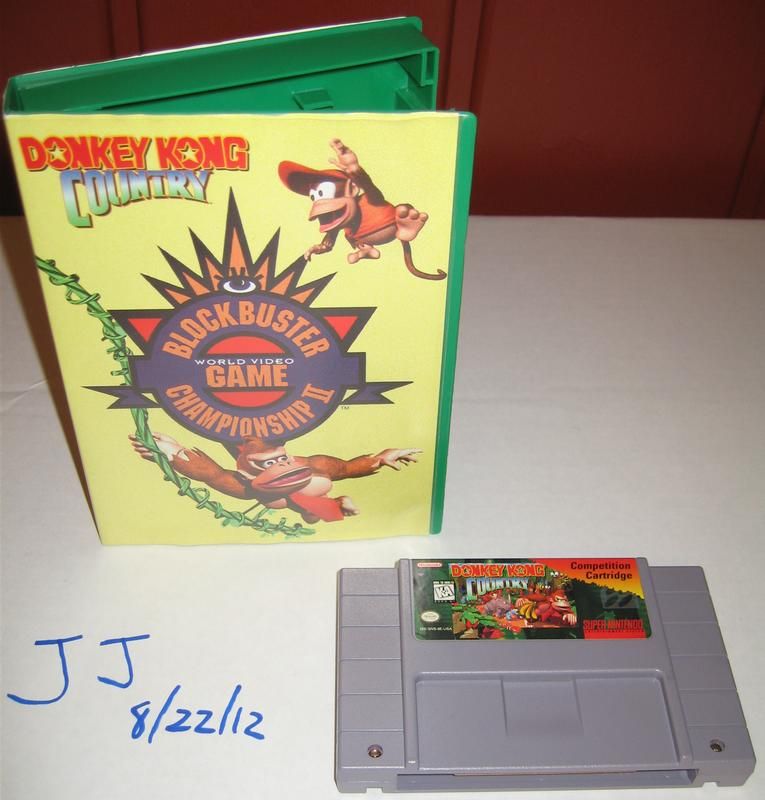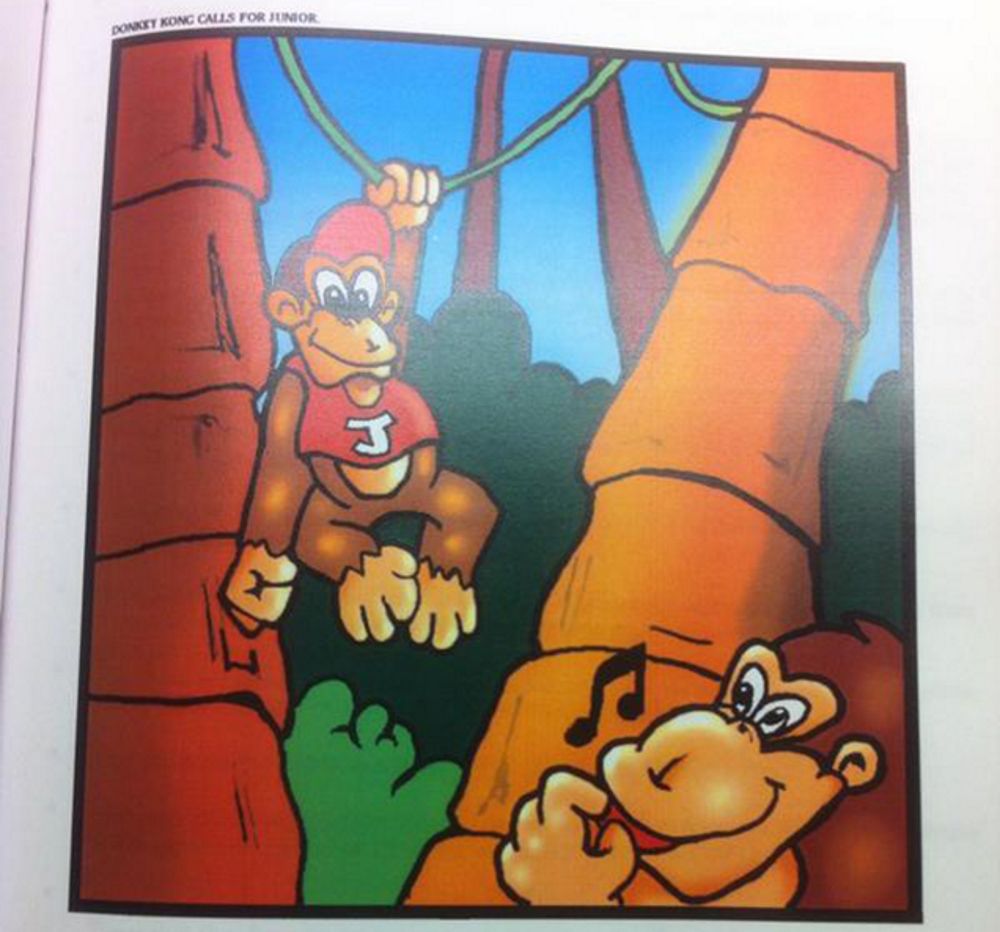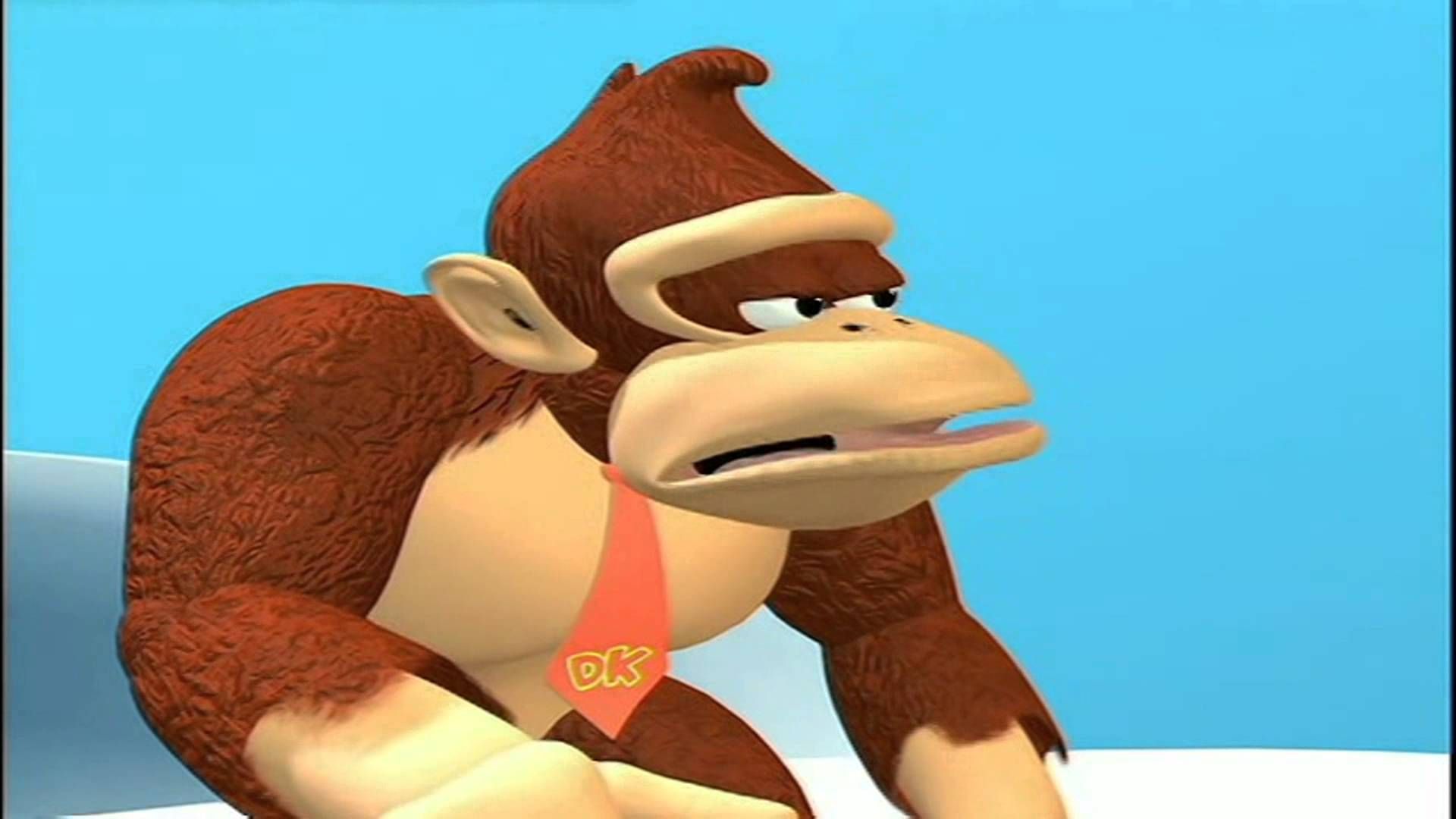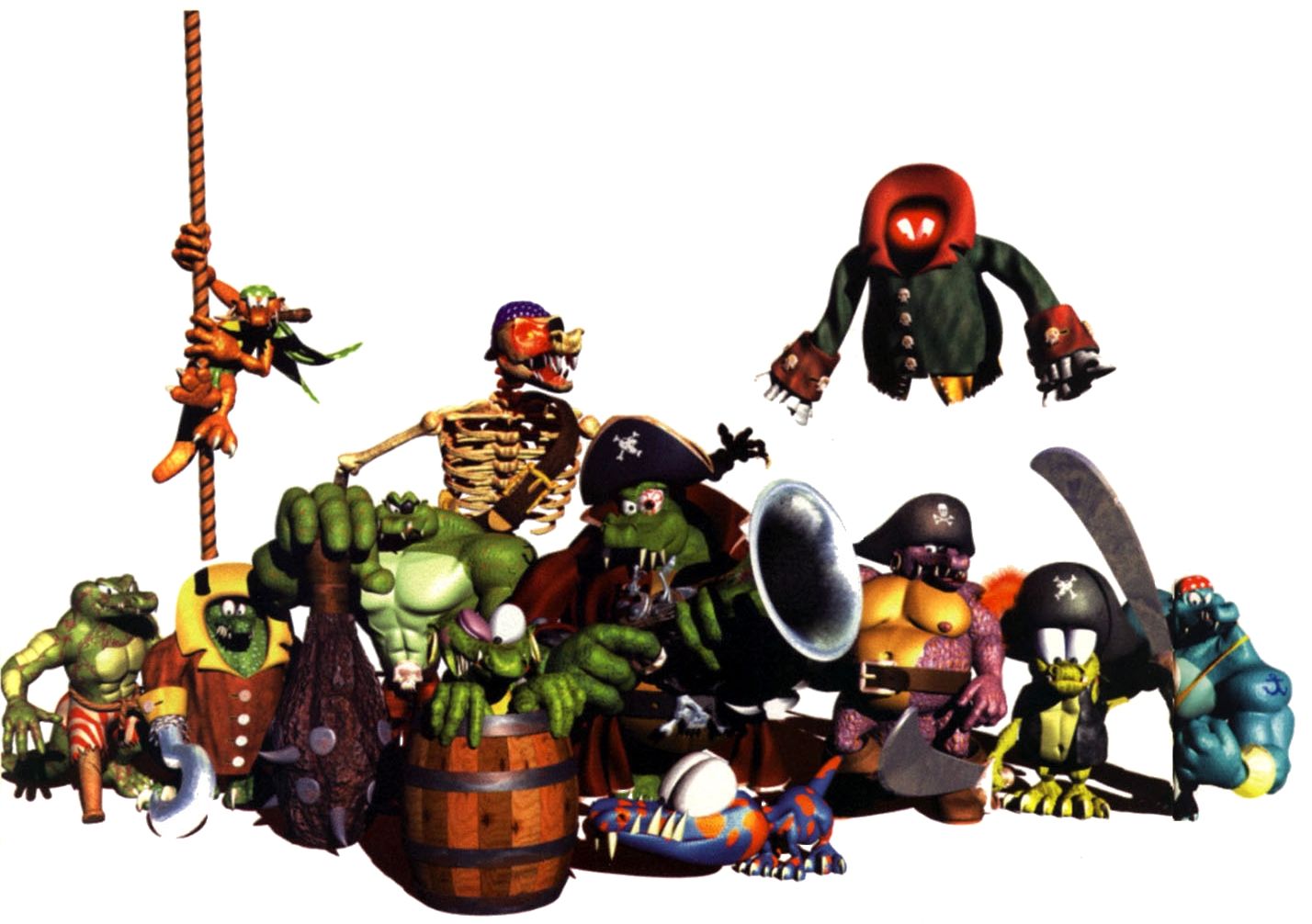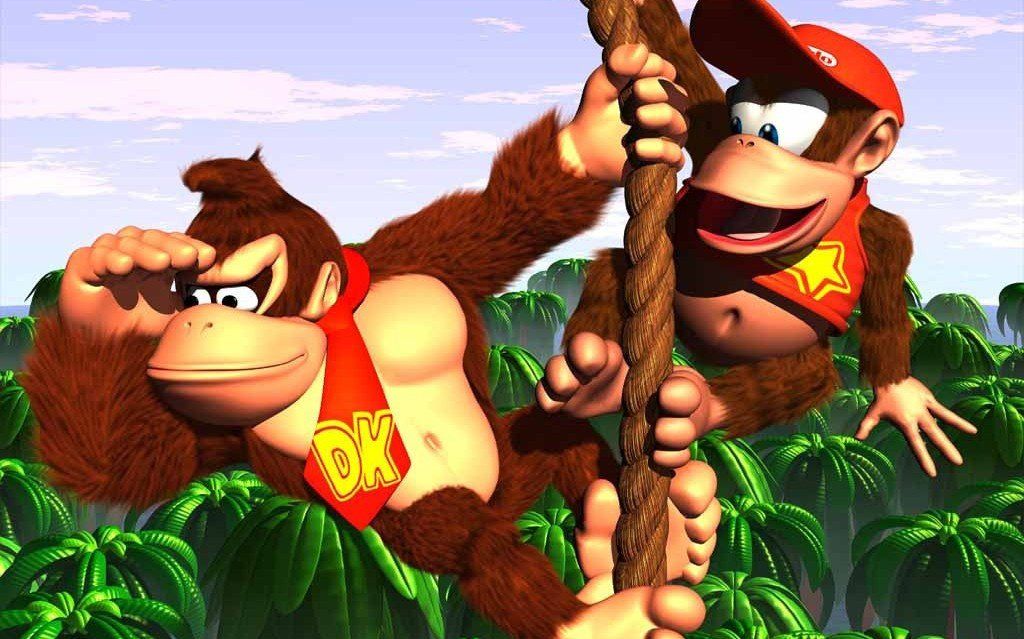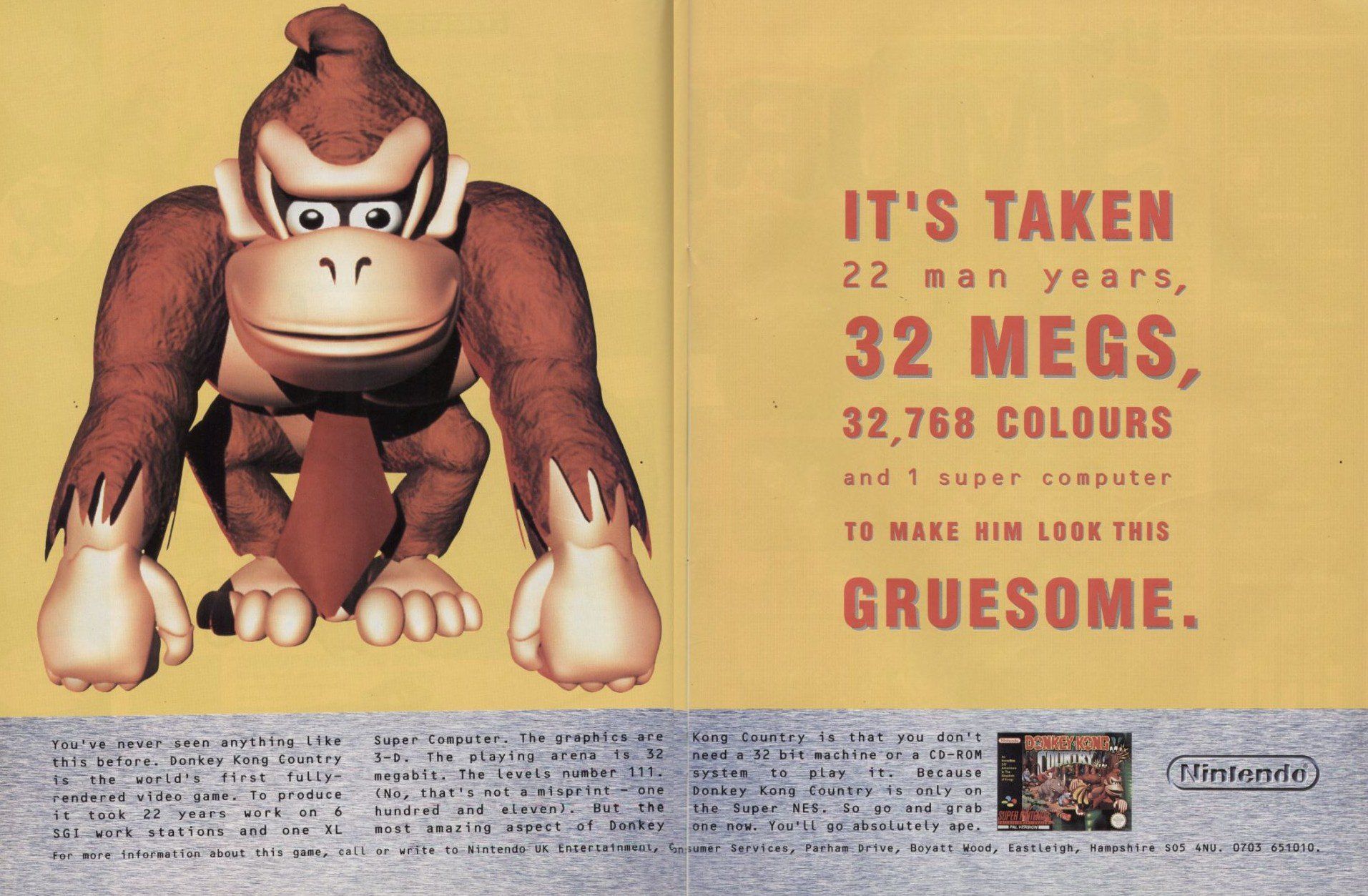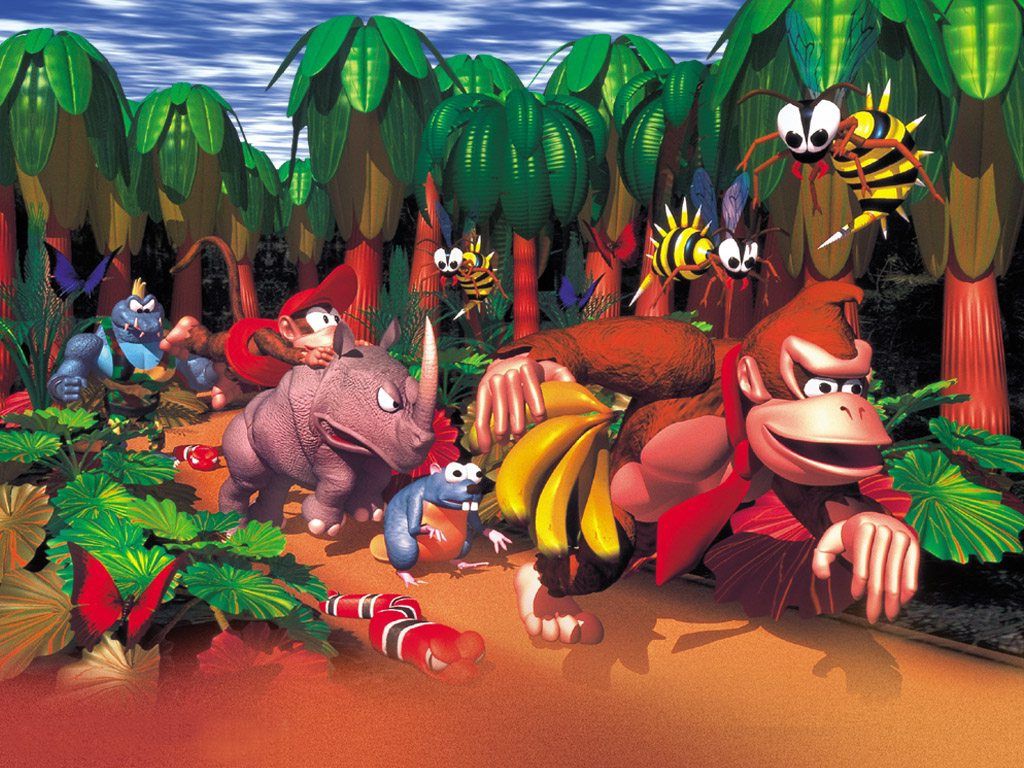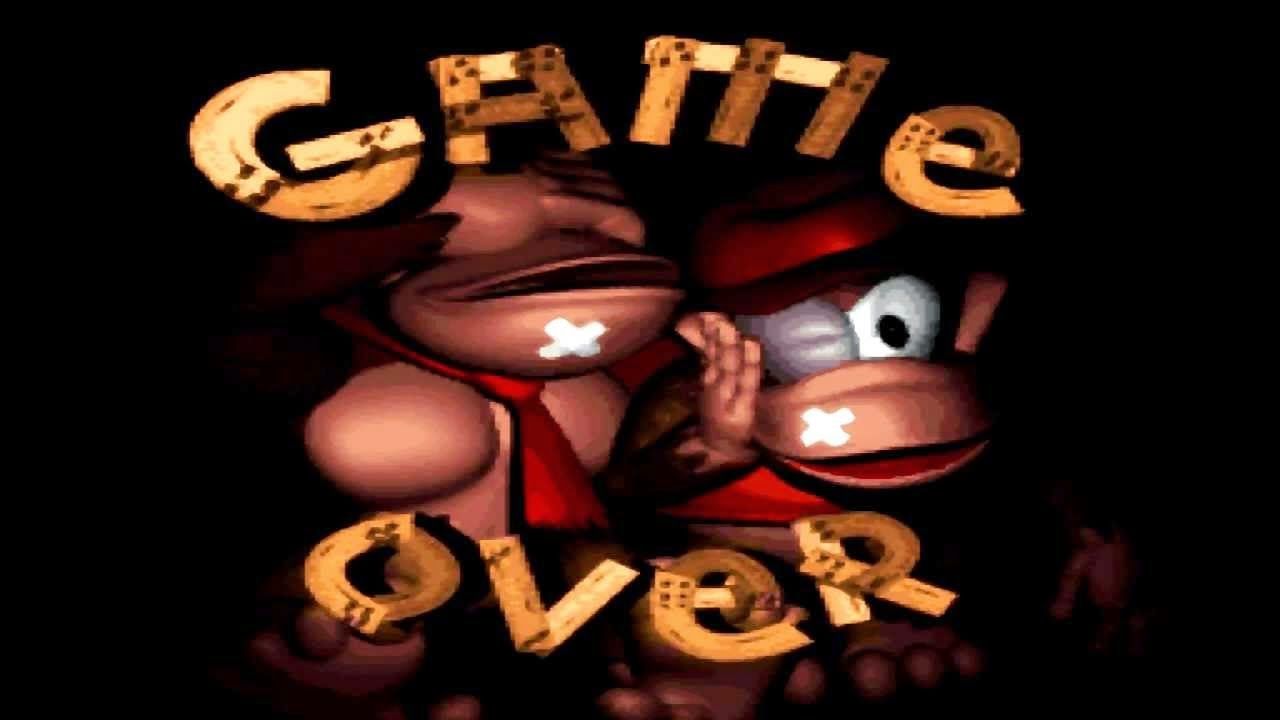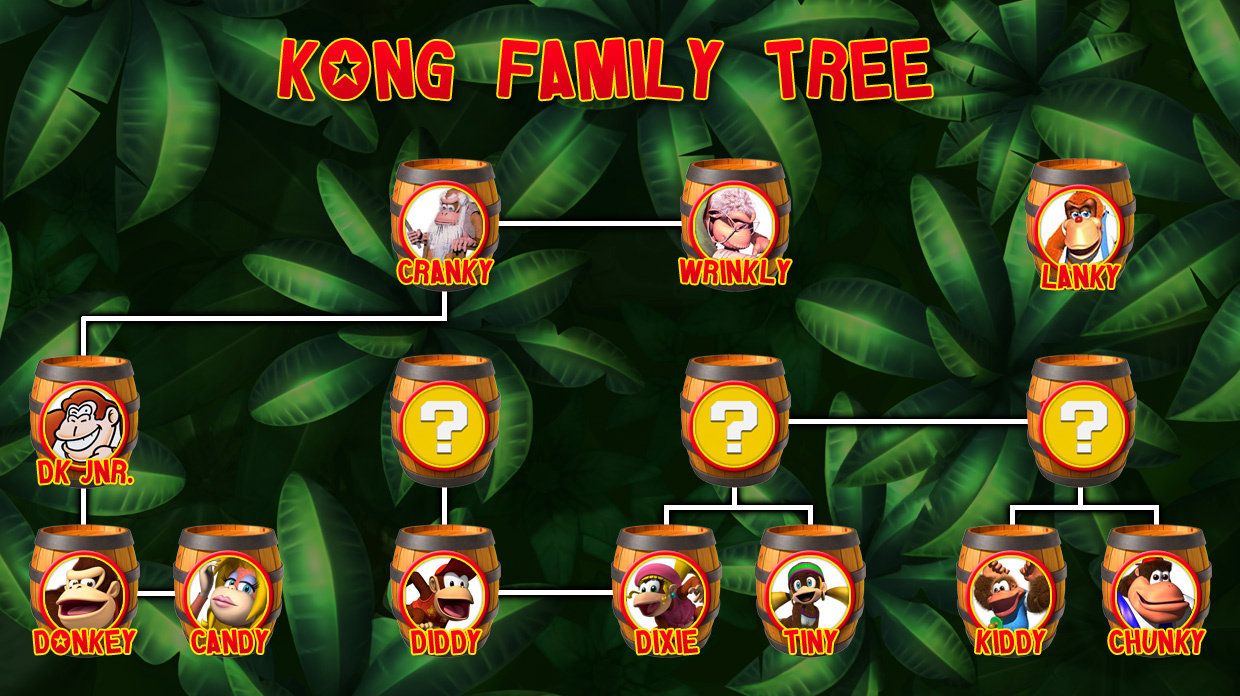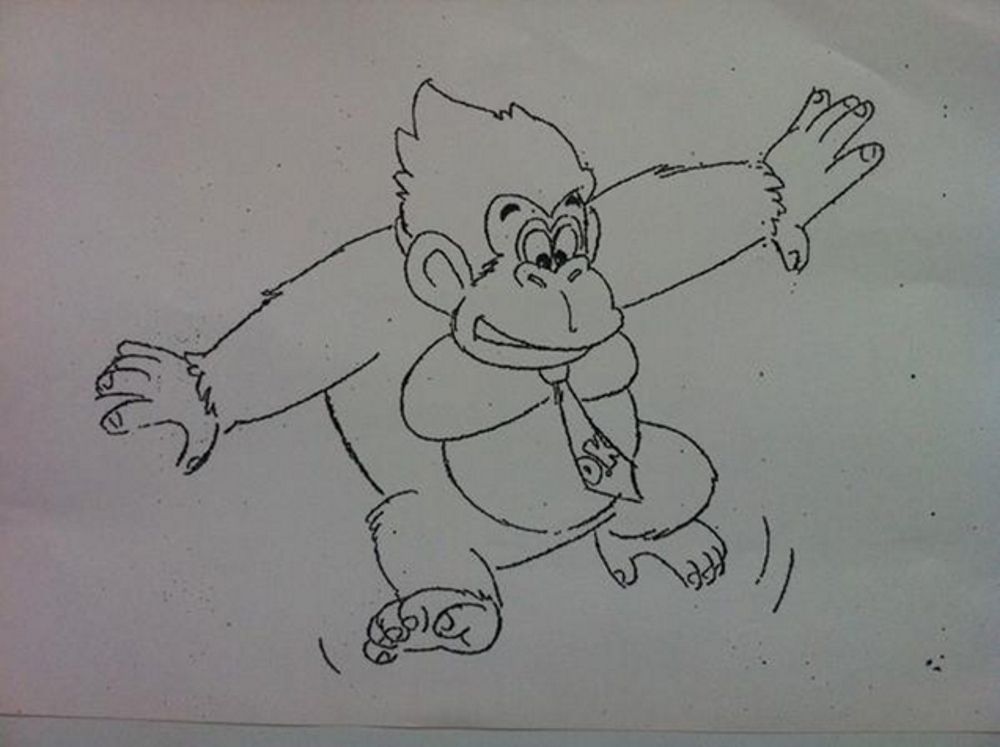Released in 1994, Donkey Kong Country was a serious one-two punch for Nintendo. It revolutionized video games of the time with graphics never before seen on a console, and in the same breath, it extended the SNES’s life for a little while. With Sony less than a year away from releasing its famed PlayStation, and Sega continuously adding hardware to its venerable Genesis to keep up with technology, Donkey Kong Country used pre-rendered computer-generated models to simulate 3D graphics. That technique would eventually be used in the two DKC sequels, but also in Killer Instinct, allowing Nintendo to ride that wave until the release of the Nintendo 64.
Donkey Kong Country did more than save Nintendo’s behind: it also revived a franchise that brought the Japanese giant to the dance in the first place. While Donkey Kong was one of Nintendo’s first international success in the early 80s, the big ape had been away from the public eye since Donkey Kong 3, an underwhelming game that departed heavily from the series’ simple platforming origins and was last re-released all the way back in 1986. DKC brought its titular ape back in the collective consciousness, and the character has been a Nintendo regular ever since.
Because the game was recently featured as part of the SNES Classic, but also because we just love that game so damn much, we did some research to dig up fifteen facts that may surprise you about this 16-bit essential.
15 It’s One Of The Few Games To Be Easier In Japan
Still on the subject of difficulty, Donkey Kong Country is one of the few games to be easier in Japan. Following that “make the game appealing to a broad audience” mantra, Nintendo decided to change a few things before releasing the game in Japan. This is a big change of direction when compared with the usual stereotype, which says that Japanese games are harder and dumbed down for their North American release. This rang true with the original version of Super Mario Bros. 2 and with Super Mario Bros. 3, but Donkey Kong Country countered that trend. The Japanese version, titled Super Donkey Kong, has more DK barrels (which give you back a character if you lost one), and fewer enemies for a much smoother ride overall.
14 Unauthorized Sampling
Video games used to fly under the radar of pop culture, especially in the days before senate hearings on video games violence in the mid-90s. Because of that, the industry could get away with a few things that would be immediately noticed in the current setting. For example, Donkey Kong Country was able to sample parts of a “popular” song and integrate it into one of their own tracks. That bit of unauthorized sampling happens in the song that plays when using Funky Kong’s services. The part of the song which has a digitized voice that goes “HIYA!” is taken from a song called “The Pleasure Seekers” by a band called “The System”. The original is all right, if you happen to live in an 80s party montage. Still, it appears in a game which sold over nine million copies, so it’s a miracle that nothing even came of it.
13 DKC Lead To The Art Direction Of Super Mario World 2
While the truth is that Shigeru Miyamoto did enjoy Donkey Kong Country, he was still very upset at being asked to copy the game’s art style for Mario’s next outing. Feeling that the graphics did not fit the universe he imagined for Super Mario World 2, Miyamoto did more than just verbally lash out. As a form of protest, but also to prove a point, he decided to make his new game’s graphics as childish as possible, as if they were drawn with crayons. What started as a passive-aggressive dig at his bosses ended up becoming Yoshi’s signature style. In the end, Nintendo did get their 3D pre-rendered Mario with the release of Super Mario RPG, so everyone lived happily ever after for once.
12 The Soundtrack Pushed The SNES To Its Limits
Donkey Kong Country’s soundtrack holds up to this day, and stands out as one of the best of its era. Its tracks are unusually long and complex for something from a 16-bit game, and the instrumentation sounds much more realistic than its contemporaries. That is because the original recording of some of the songs, as composed by Rare’s David Wise, were so intricate that they couldn’t even work on the SNES. They were so long and required so many audio channels that they had to be stripped down in order to function. One of them, “Aquatic Ambiance”, took about five weeks of tinkering to prevent it from gobbling up all of the console’s RAM. The process was a difficult one, but in the end, David Wise did not have to compromise his vision.
11 The Graphics Were Originally Intended For The Nintendo Ultra 64
The origin of the aforementioned collaboration between Nintendo and Silicon Graphics was to bring to life their next console, code-named “Ultra 64.” The graphics generated by the new equipment was so top-notch that the game could have easily been an N64 title, and was actually intended as such… at least at the start. However, Nintendo was hell-bent on making the technology work with the SNES, hoping to extend its lifespan in the face of stiff competition. According to an interview with Tim Stamper (Rare’s co-founder) published in Nintendo Power in September 1994, converting the graphics to 16-bits was the biggest challenge. In his own words, it was like “building an engine that could propel a Chevy to the moon”. Might have been tough, but it’s hard to argue with the results.
10 There’s A Very Expensive Special Edition
For retro collectors out there, Donkey Kong Country is not that big of a deal. With nine million copies sold worldwide, it’s easy to find a cartridge which is still in good shape, so the value of the game never really goes above 30 dollars. Unless…
A version of the game which was intended for gaming competitions was created by Nintendo soon after the release of the game. The Competition Cartridge introduces some changes to the game: an on-screen score counter has been added, and players have five minutes to get the best score before the game resets. Nintendo only produced 2500 copies of that version, which makes it much more desirable. The Competition Cartridge has been know to fetch upwards of $1000.
9 Diddy Kong Was Not Part Of The Plan
Diddy Kong might have made a good name for himself over the years, but the truth is he wasn’t even a part of the plan. With the game starring Donkey Kong, Rare originally wanted his son, Donkey Kong Jr, to appear as his sidekick. When the game was looked over by Nintendo, they thought that Rare’s take on the character was too drastic of a departure from the original model. Therefore, they presented the team with a few possibilities: either redesign the character to look closer to its former self, or present it as a completely new character. Rare was very much set on their tiny chimp with a red hat, so they decided to rename it Dinky Kong. When everyone pointed out how that name sucks, it was thankfully changed to Diddy Kong.
8 America Totally Missed Out On A Crazy Good Cartoon
While it was nowhere as legendary as the Super Mario Bros. Super Show, Donkey Kong Country also had its own cartoon. Starting in 1998, Donkey Kong’s show was produced with 3D animation, which was all the rage at the time, with shows like Reboot leading the charge. Donkey Kong Country (the cartoon) was produced in Canada and France, and while it was a hit in the Great White North, it did not catch on in the United States. In fact, it changed channel twice during its run, despite producing only forty episodes over two seasons. The show was a hit not only in Canada and France, but also in Japan, were it warranted its own manga and collectible card game. Donkey Kong Country has been released on DVD in 2015, and is also available on iTunes, for those who would like to catch up.
7 The Kremlings Were Going To Have Their Own Game
While Donkey Kong’s main nemesis used to be Mario himself, Donkey Kong Country introduced the nefarious King K. Rool and his gang of roving reptiles, the Kremlings. The enemies are unusually fleshed out and diverse, with some of them, like Krunch, eventually appearing in other games like Diddy Kong Racing. Turns out that the reason why the Kremlings all have so much personality is because they were originally going to be part of their own game, and had nothing to do with Donkey Kong’s universe. However, during development, someone looked at both projects and thought that the whole “apes versus lizards” aesthetic might have some legs. The Kremlings were thus adapted to become the forever enemies of Donkey Kong and his family, and a rivalry for the ages was born.
6 It All Started With A Boxing Game
In the early 90’s, a development manager at Nintendo of America named Tony Harman was on a quest to come up with a formula for a perfect game. He had already exposed his vision to Nintendo’s bigwigs, who gave him a budget to make this “perfect game” a reality. All he needed was someone to help him make it come true.
While travelling the world, Harman met the Stamper brothers, founders of Rare. They showed him a demo they were working on, which showcased a 3D boxer created on a fancy computer the company had bought for 80,000£ a piece. Harman was blown away, and brought Rare’s demo to Nintendo’s attention. They were so impressed that they bought 49% of the company. Harman got rid of the boxer and asked Nintendo to use Donkey Kong instead. That was the start of a year-long path to gaming history.
5 The Game Is Responsible For Modernizing Rare
Once it was decided that Rare would be working on the game, the company needed tons of new equipment to realize their vision. While they already owned a few machines that they used to make the demo, a lot more fancy computers were needed for an entire team that had a little over a year to finish the game. Thankfully, Nintendo at the time had started working with Silicon Graphics, also known as SGI. The company specialized in high-end computers used mostly for making movie special effects. Nintendo helped Rare purchase millions in equipment from Silicon Graphics, and basically just backed up a few trucks full of brand-new machines to Rare’s office. The electricity needed to power these machines was such that it forced the company to renovate the entire building.
4 DK And Diddy’s Movements Are Not Even Based On Apes
There was a time when Rare’s games were known for their extreme attention to details, which is why their titles released under Nintendo’s part-ownership often became classics. With Donkey Kong Country, the studio wanted to get everything right, including the two main characters’ animations. The team spent a lot of time at Twycross Zoo, near their offices, observing and filming gorillas to study their movements. Unfortunately, gorillas don’t move all that much, and when they do, it is often too slow and deliberate to be featured in an action game. Looking for something a bit more energetic, the team decided to ditch gorillas and instead model the running animations on a horse’s gallop. Might not be very ape-like, but it looked much better on screen.
3 The Game Was Going To Be Much More Difficult
While Donkey Kong Country is already a step above the Super Mario series in terms of difficulty, turns out that what we ended up getting was already much tamer than originally intended. The first cut of the game, as presented to Nintendo, was extremely difficult, more akin to what the series would eventually become with the release of Donkey Kong Country Returns for Wii. Nintendo took a look at it and asked Rare to reduce the difficulty, hoping to make the game more suitable for a broad audience. Nintendo felt that the many secrets hidden within the game would be enough to keep hardcore gamers coming back, despite the simpler levels. The percentage of completion next to the save files was added to tease players into continuing, implying that there was more to see than met the eye.
2 The Game Hinted At A Complicated Family Tree
While Donkey Kong Jr. did not end up appearing in the game despite the original plans, it is implied that he is still connected to the new Donkey Kong. This revelation comes from the game’s instruction manual. An introduction by Cranky Kong himself, written in the first person, says that Cranky was the original Donkey Kong, now retired after years of adventuring. The same text implies that the new Donkey Kong is Cranky’s grandson, which would thus make DK the son of Donkey Kong Jr. With DK Jr being nowhere to be found, Nintendo apparently thought that the whole backstory was too confusing, and while the mention remained in the instruction manual, the family connection was not publicized by the company. Cranky’s true identity, similarly, was severely downplayed in the sequels.
1 Shigeru Miyamoto Himself Came Up With The New Design
For years, there has been a rumour floating around the internet that Miyamoto hated Rare’s take on his beloved creation. That rumour was proven false in an interview with IGN when it was shown that Miyamoto is actually the one who came up with the new design, with curly hair and a tie, an element that was introduced in the 1994 Game Boy remake of the arcade classic. The statement saying that he hated the game was based on something he said when Nintendo was trying to force him to use the same graphical style for SMW2. Saying that “players will put up with mediocre gameplay as long as the art is good” was not a dig at DKC as much as it was his way of saying that he did not need fancy pre-rendered computer imagery to make his new game work.

